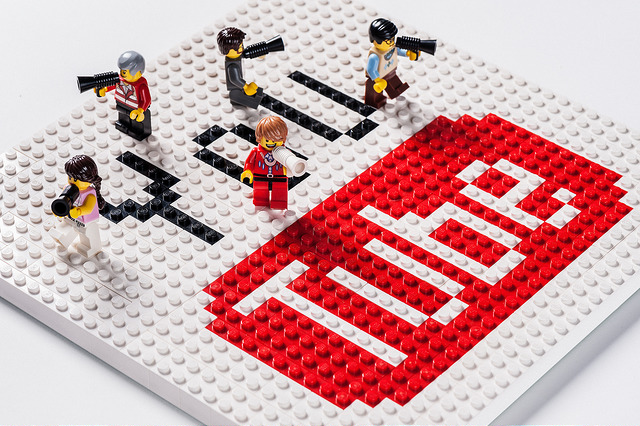 APPS
APPS
 APPS
APPS
 APPS
APPS
Google LLC’s YouTube hasn’t always been clear as to what is a violation deserving of temporary punishment and channel deletions, so today the company said it wants to make things clearer.
In a blog post today, YouTube said it has updated its Community Guidelines and will from now on be more consistent in how it enforces rules with warning “strikes.” “We’ve worked with creators to understand what’s working and what’s not, and you told us that consistent enforcement, clear policies, and transparency about the impact of a strike are most important,” the company said in a statement.
The biggest change, which will be put in place Feb. 25, will involve giving channels a onetime warning without a penalty. YouTube says that’s intended to give people a chance to understand the guidelines and not repeat an offense. That method seems to work: YouTube says 94 percent of channels that receive a warning strike don’t transgress again.
Recidivists beware, though: This warning strike will never be issued again. From there on in, YouTube will employ a three-strike rule and with every violation and strike, the penalty will be more severe. However, if a channel doesn’t violate the guidelines in a 90-day period, its strikes will be removed and reset to zero.
YouTube has also laid out the terms of what warrants a strike. A minor infraction might result in YouTube freezing livestreaming for a while, but strike two could mean being prevented for two weeks from uploading any new content. On the third strike, the channel is no more.
YouTube said 98 percent of uploaders don’t even receive a warning strike, which might be a problem for some critics of the company. YouTube was denounced again this week for allowing dubious content to air on its platform, while it wasn’t too long ago it was also castigated for being too trigger-happy with its strikes.
In 2017, YouTube was accused of allowing content to appear on children’s channels that was certainly not child-friendly. That seems to have been taken care of for the most part, but a problem that has surfaced now is people making inappropriate comments on acceptable content that just involves children. YouTube now says it will be more aggressive in moderating comments on content with kids in it.
As for the deluge of conspiracy theories appearing on the platform, YouTube said it will make efforts to reduce “recommendations of borderline content or videos that could misinform users in harmful ways,” according to the New York Times. But as that article pointed out, the challenge of identifying such content and moderating fairly without seeming too oppressive will not be easy.
Support our mission to keep content open and free by engaging with theCUBE community. Join theCUBE’s Alumni Trust Network, where technology leaders connect, share intelligence and create opportunities.
Founded by tech visionaries John Furrier and Dave Vellante, SiliconANGLE Media has built a dynamic ecosystem of industry-leading digital media brands that reach 15+ million elite tech professionals. Our new proprietary theCUBE AI Video Cloud is breaking ground in audience interaction, leveraging theCUBEai.com neural network to help technology companies make data-driven decisions and stay at the forefront of industry conversations.